Raptors, the majestic birds of prey, are renowned not only for their hunting prowess but also for the meticulous care they provide their offspring before they take their first flight. Each species imparts unique lessons to ensure their young are prepared for the challenges of the wild.
The Bald Eagle’s Fishing Lessons
Bald eagles, iconic symbols of strength, are exceptional fishers. Before their eaglets fledge, parents demonstrate fishing techniques by swooping down to catch fish and bringing them back to the nest. This not only provides nourishment but also serves as a visual lesson. As the eaglets grow, they practice by grabbing objects in the nest, honing their talon coordination. Eventually, parents may drop fish near the nest, encouraging the young to make short flights to retrieve their meals, bridging the gap between observation and action.
Red-Tailed Hawks and Aerial Maneuvers
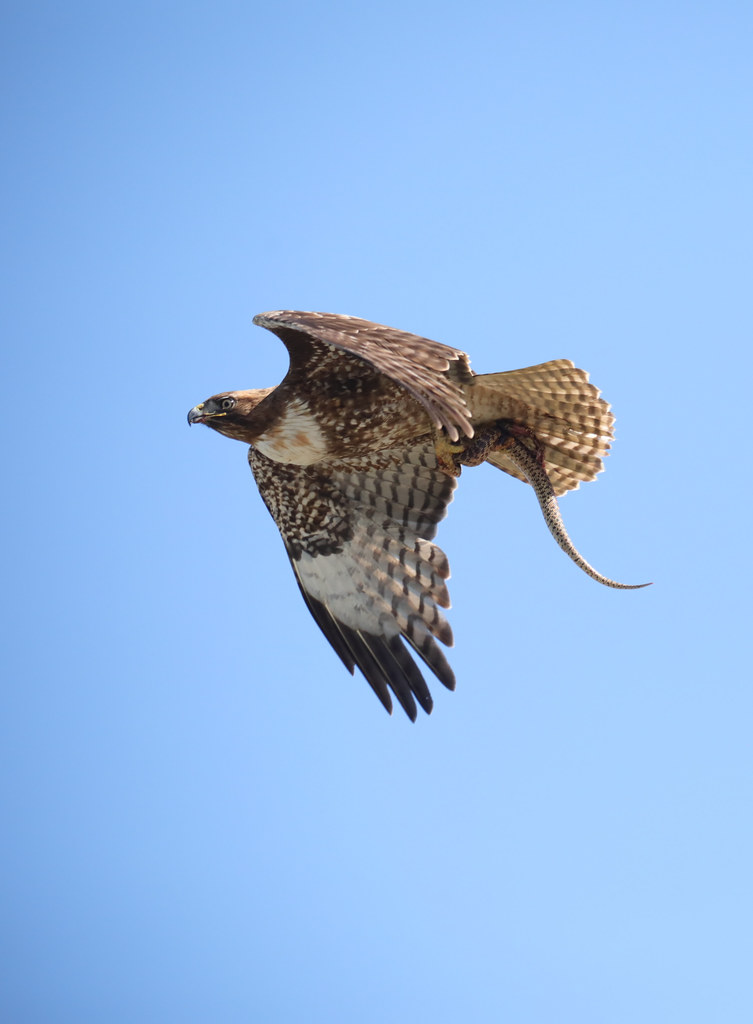
Red-tailed hawks are known for their soaring flights and sharp hunting skills. To prepare their young, they engage in aerial displays, showcasing techniques like hovering and diving. Nestlings watch these performances, absorbing the mechanics of flight. As fledging approaches, parents may carry food in their talons, enticing the young to chase them mid-air, promoting strength and agility. This interactive training ensures the fledglings are adept at capturing moving prey once independent.
Cooper’s Hawks and Stealth Hunting
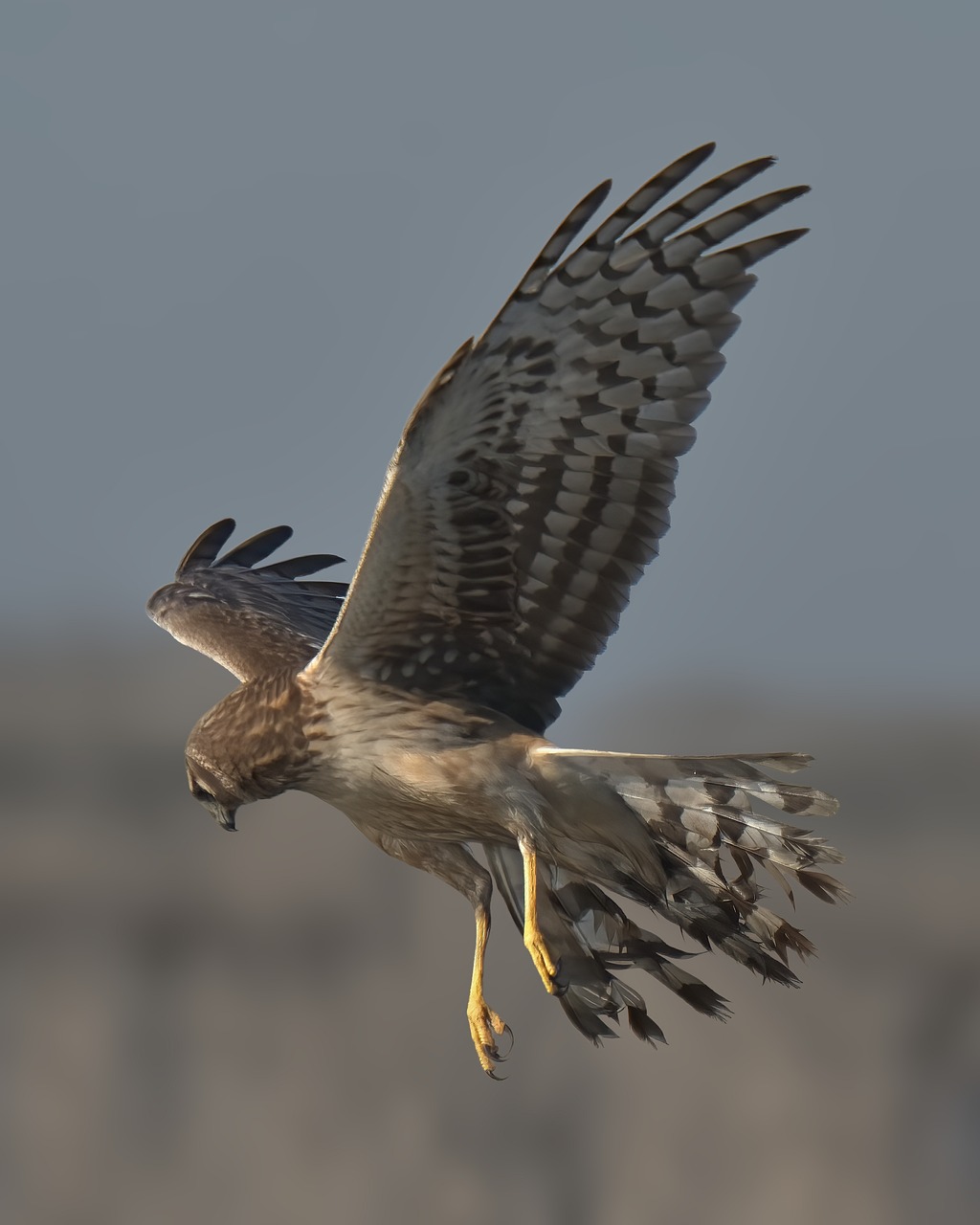
Cooper’s hawks are agile hunters, often navigating dense forests to catch birds. They teach their young the art of stealth by leading them through intricate flight paths, demonstrating how to weave through trees silently. Parents may also stage mock hunts, allowing fledglings to practice ambush techniques on unsuspecting prey. This hands-on approach ensures the young hawks develop the patience and precision required for successful hunting in wooded habitats.
American Kestrels and Hovering Techniques
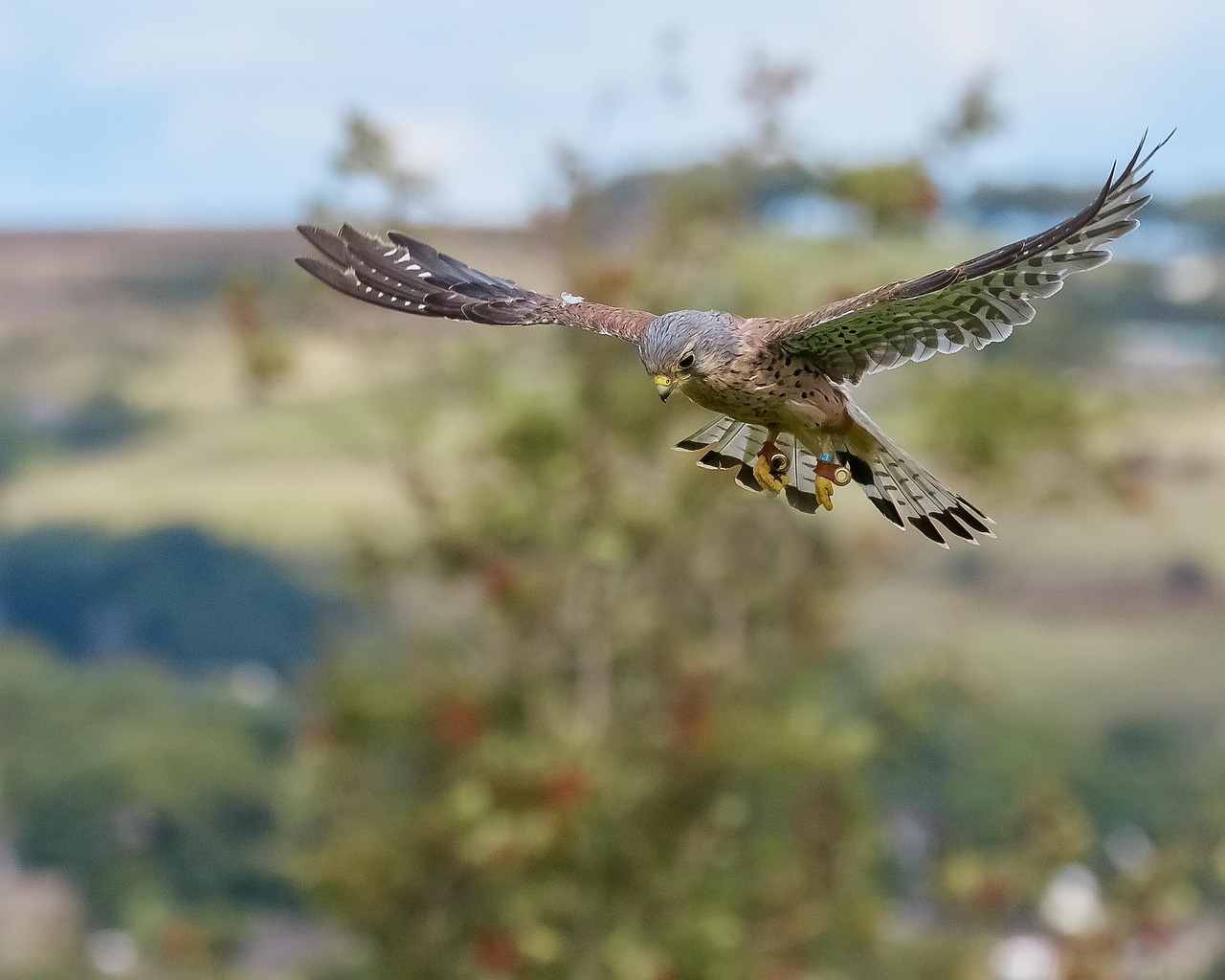
American kestrels, the smallest falcons in North America, are adept at hovering mid-air to spot prey. Parents teach this skill by demonstrating sustained hovering over fields, scanning for insects or small mammals. Fledglings mimic these actions, practicing wing positions and tail adjustments to maintain stability. This lesson is crucial, as mastering the hover allows kestrels to hunt effectively in open terrains where perches are scarce.
Harpy Eagles and Canopy Navigation
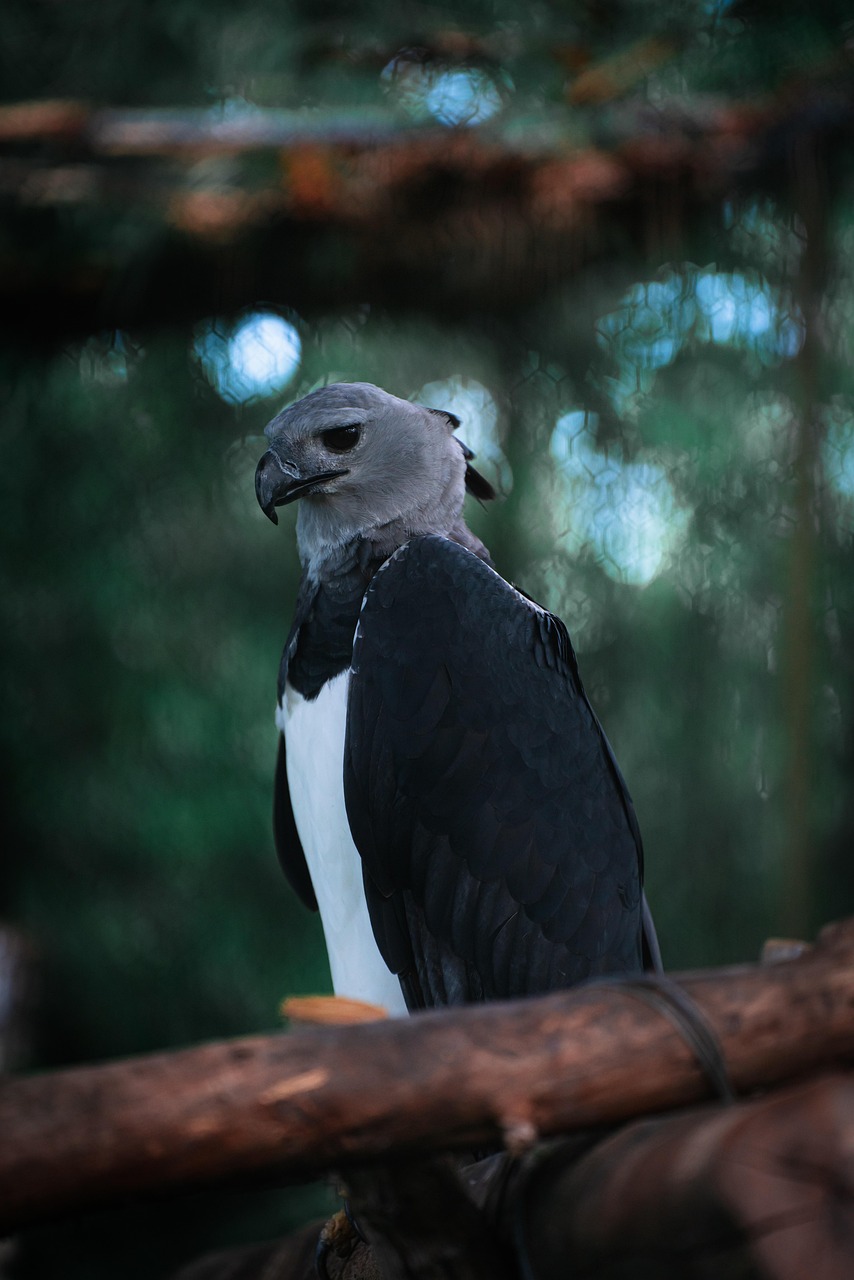
Harpy eagles, native to tropical rainforests, hunt large prey like sloths and monkeys. They instruct their young in canopy navigation by leading them through complex forest layers, teaching them to maneuver between branches silently. Parents may also present live prey at the nest, allowing fledglings to practice subduing and handling large animals. This training ensures the young eagles are prepared for the physical demands of hunting in dense forests.
Ferruginous Hawks and Ground Hunting
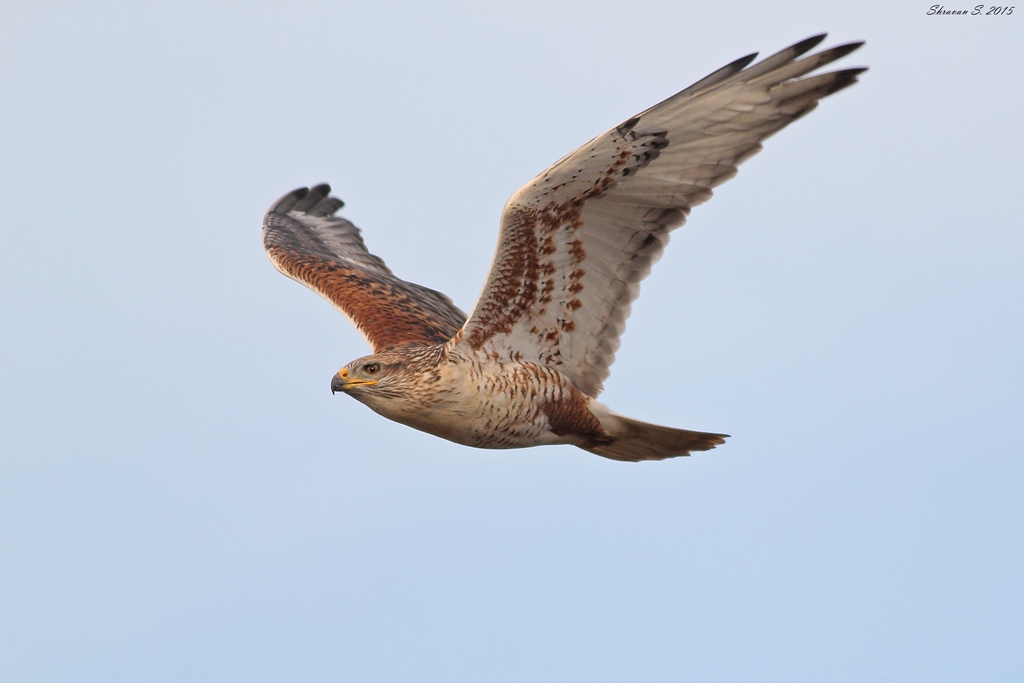
Ferruginous hawks, inhabiting open prairies, often hunt ground-dwelling mammals. They teach their young by demonstrating low-level flights over the ground, scanning for movement. Parents may capture prey and release it near the nest, encouraging fledglings to make their first kills. This method instills confidence and hones the young hawks’ ability to spot and capture elusive ground prey.
Chimango Caracaras and Opportunistic Feeding
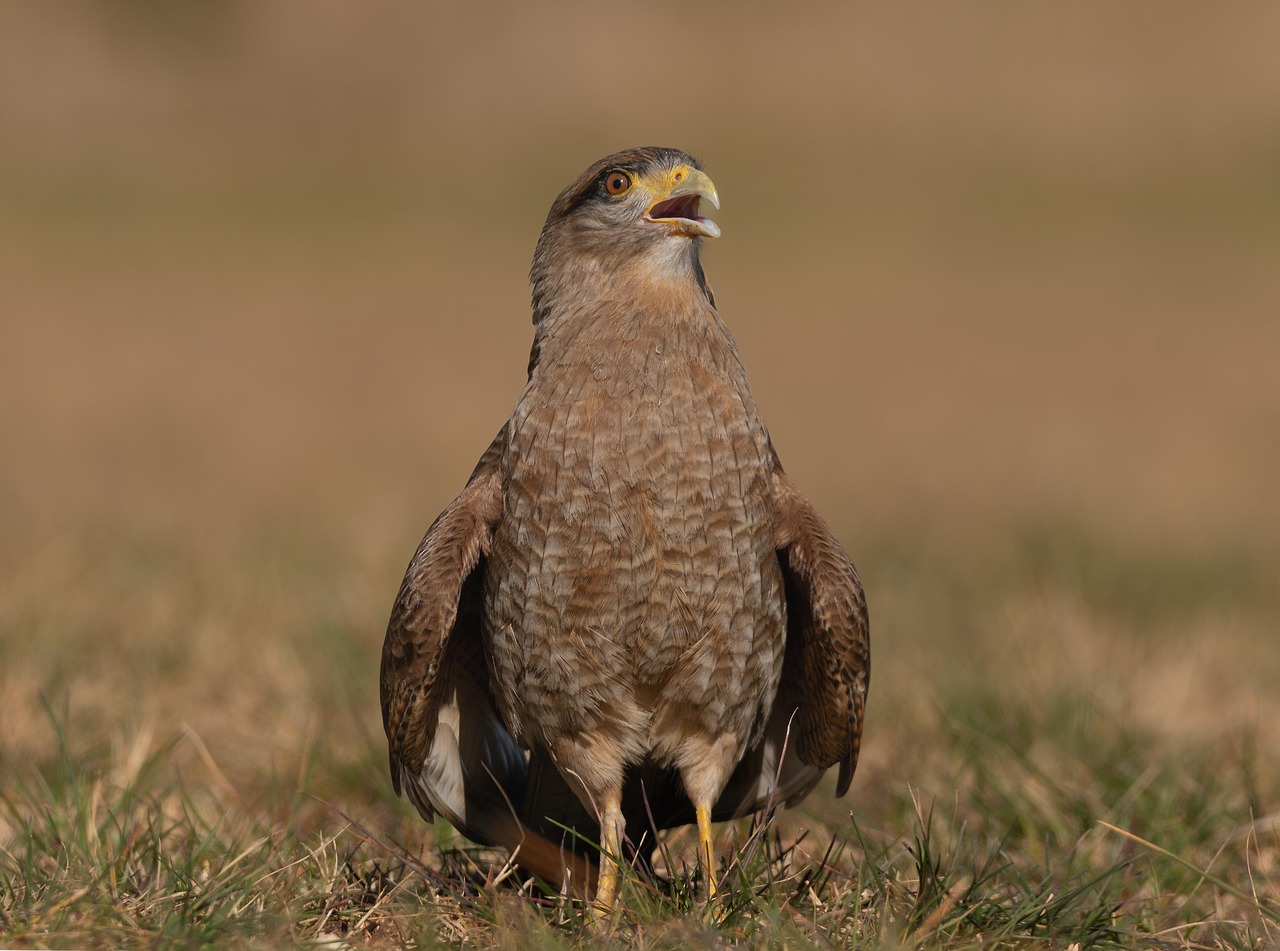
Chimango caracaras are known for their adaptability and varied diet. They teach their young to exploit diverse food sources by leading them to carrion, insect swarms, or even human refuse sites. Parents demonstrate how to scavenge efficiently and recognize potential food opportunities. This broadens the fledglings’ understanding of available resources, ensuring survival in fluctuating environments.
These lessons, tailored to each species’ ecological niche, highlight the intricate and dedicated efforts raptor parents invest in preparing their young for independence.
